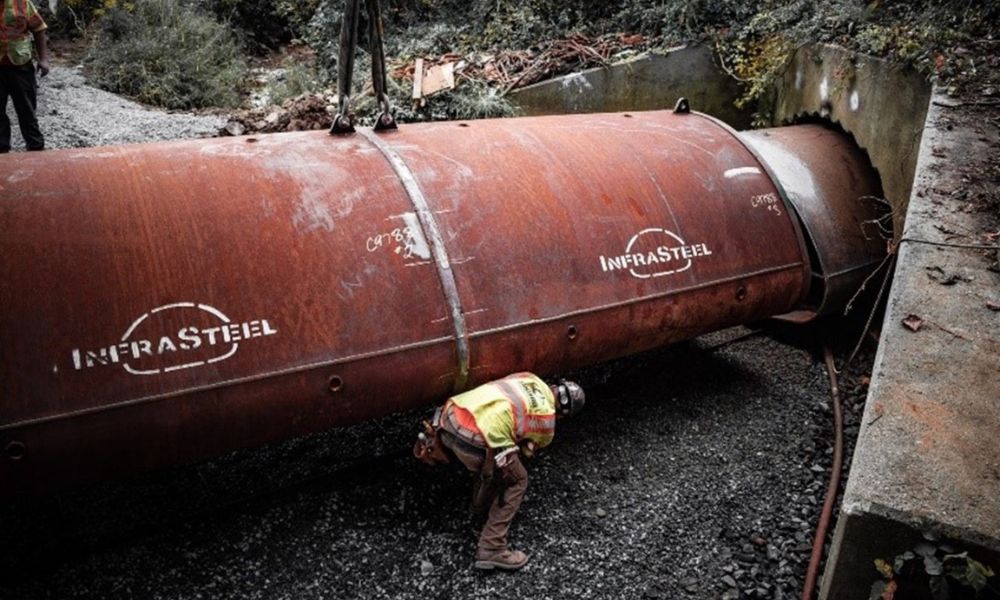Culverts can become structurally deficient and dilapidated due to building materials degrading over time and abrasive environmental factors. As culverts age, they have a diminished capacity to retain surrounding soils, resulting in bank slumping, embankment undercutting, and scouring, which can all contribute to degrading the culvert’s support capabilities and hydraulic waterways.
Thankfully, culvert slip-line rehabilitation provides a cost-effective, time-friendly, and non-disruptive procedure to restore aging structures. It’s preferable over complete culvert replacements. Here’s what to look for in culvert rehabilitation consultant services.
Culvert Rehabilitation Process
The culvert rehabilitation process includes the following:
- Identifying the problem
- Determining the cause or multiple causes of deterioration
- Evaluating hydraulic and structural conditions
- Evaluating rehabilitation options
- Implementing designs
An expert culvert rehabilitation consultant should be able to perform each element of the process and keep their client informed every step of the way.
The first thing to look for in a culvert rehabilitation consultant is the comprehensive ability to determine the appropriate solution given the site’s specific conditions.
Culvert Inspection and Recommendations
A culvert rehabilitation service should conduct an inspection and make recommendations based on their observations. When performing a culvert inspection, the consultant service providers should consider deterioration that maintenance workers may have identified, including sinkholes, settling, and ponding water. They will make recommendations based on their examination.
Hydraulic specialists can provide expert insight into the root of the deterioration, including the effect of changes in land use, drainage areas, or precipitation. Consultant services should reference the original structural design to determine whether, given current conditions, areas in the culvert are more vulnerable to decay than when the culvert was first built. Expert providers should determine whether repairs are possible using new or alternative materials. In cases of advanced deterioration, your best option is likely a complete rehabilitation to restore the culvert to its initial condition.
Options for Rehabilitation
Every culvert rehabilitation project is unique based on the site and the magnitude of the problem. Your culvert rehabilitation consultant must consider environmental protection, safety, culvert clearance, and flow diversion based on the specific conditions that made rehabilitation necessary.
Culvert rehabilitation should restore culverts to their initial condition or better. Various rehabilitation methods range from short-term fixes like paving inverts to more robust measures that involve slip-lining.
Culvert slip lining is a cost-effective, trenchless, durable solution that can prevent structural failure and avoid traffic disruption. Infrasteel’s ability to custom design culvert slip liners to meet the specific site’s load-bearing and hydraulic requirements can speed up permitting. It can also address additional needs like fish baffling and head or wing walls. We custom-make steel slip liners up to two inches thick and 20 feet wide to address load-bearing and clearance requirements. Additionally, we work with hydraulic engineers to ensure the shape and size of the liner meet the site’s needs.
InfraSteel’s culvert rehabilitation services are key to nationwide efforts to restore the nation’s failing infrastructure. Our professionals provide cost-effective slip lining solutions to rehabilitate deteriorated culverts. Contact us today if you have any questions about our culvert rehabilitation services.



Leave A Reply